Demonstration of the Prototype of the First Home Video Game Console | 1969
Meus Outros Canais:
Linktree: https://linktr.ee/gab_figueiro
Rumble: https://rumble.com/user/gabfigueiro
Youtube: https://www.youtube.com/channe....l/UCQsET8Qhs4ww-AGxv
Odysee: https://odysee.com/@Libertar_09:7
Bitchute: https://www.bitchute.com/channel/d254x5zSWGQo/
MgtowTV: https://www.mgtow.tv/@NinjaBR
GabTV: https://tv.gab.com/channel/gab_figueiro
Cos.tv: https://cos.tv/channel/33700942577575936
Dailymotion: https://www.dailymotion.com/dm...._7886cfdf31391d3d770
Título Original: Demonstration of the Prototype of the First Home Video Game Console (1969)
Publicado em 13 de Janeiro de 2019
Créditos: Ralph Baer, NeoGamer - The Video Game Archive
Publicação Original: https://www.youtube.com/watch?v=rai7uAuvGDA
Descrição Original do Autor:
17,907 views Jan 13, 2019
Ralph Baer playing ping pong in the Brown Box, the prototype of the Magnavox Odyssey in 1969.
Wikipedia: In 1951, while working for military contractor Loral Electronics, engineer Ralph H. Baer was assigned to build a television set; while doing so, Baer claims he had the idea to build something into a television set that the owner could control, rather than only hooking it up to a remote television station. Baer did not pursue the idea, but it returned to him in August 1966 while waiting for a bus. Baer, then the head of the Equipment Design Division at military contractor Sanders Associates, came up with the concept of using a television to play games, and the next morning wrote up a four-page proposal for a US$20 "game box" that would plug into a television screen and play games on it. While the commercial video game industry did not yet exist at that point, the very first electronic computer games had been developed at the start of the 1950s, and by 1966 several early mainframe games had been developed for mainframe computers, which were typically only found in large academic or research institutions. In the proposal, Baer began by referring to the project using military terminology, but by the time he finished it he was referring to it as Channel LP, short for "let's play". The proposed device would transmit a signal that the television set could tune into as if it were a television channel, and Baer described several games that could be played on it.
As Channel LP had little to do with the typical military contracts Sanders worked on, rather than bring the idea to his bosses Baer instead commandeered an empty room and assigned one of his technicians, Bob Tremblay, to work on it with him. By December 1966 an initial prototype later christened "TV Game #1" was completed, which could display and move a vertical line on a television screen. Baer demonstrated the prototype to the Sanders director of research and development, Herbert Campman, who hesitantly agreed to fund it for US$2,000 of labor and US$500 for materials, making it an official project.
Baer spent the next few months designing further prototypes, and in February 1967 assigned technician Bill Harrison to begin building the project. Harrison spent the next few months in between other projects building out successive modifications to the prototype. Baer, meanwhile, collaborated with engineer Bill Rusch on the design of the console, including developing the basis of many games for the system.
By August 1967, Baer and Harrison had completed a third prototype machine, but had found that to even come near to Baer's initial aim of a US$20 or $25 console would require so much to be excluded that the resulting console would not be very enjoyable. Baer additionally felt that he was not proving successful at designing fun games for the system; to make up for this he formally added Bill Rusch, who had helped him come up with the initial games for the console, to the project. Though the pair found Rusch difficult to work with, he soon proved his value to the team by coming up with a way to display three spots on the screen at once rather than the previous two, and proposing the development of a ping pong game. By November the team, now on their fourth prototype machine, had a ping pong game, a chasing game, a light gun game, and three types of controllers: joysticks for the chase game, a rifle for the light gun game, and a three dial controller for the ping pong game.
Baer demonstrated the system to several companies, who all expressed enthusiasm; only RCA was willing to purchase the device, however, and an agreement could not be reached. Soon afterwards, though, RCA executive Bill Enders left RCA for Magnavox and convinced them to look at the console again. The three creators of the Brown Box again demonstrated the device to Magnavox in July 1969; they received a tepid reaction from most of the executives, but Vice President of Marketing Gerry Martin was in favor and Magnavox agreed to produce the console. After a long period of negotiations the two companies finally signed an agreement in January 1971.
0



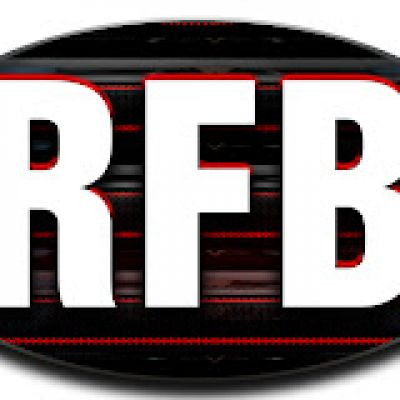 Richie From Boston
Richie From Boston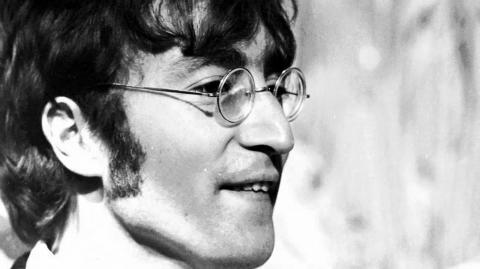
 Life_N_Times_of_Shane_T_Hanson
Life_N_Times_of_Shane_T_Hanson
 TheQuartering
TheQuartering
 Nick J Fuentes
Nick J Fuentes
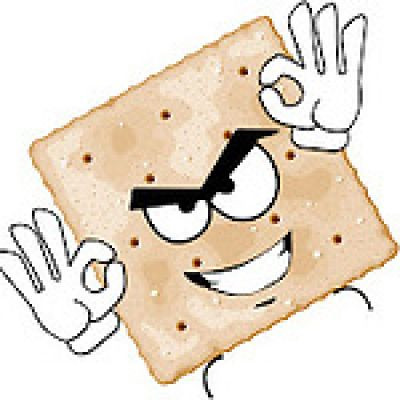 TheSaltyCracker
TheSaltyCracker

 Shin
Shin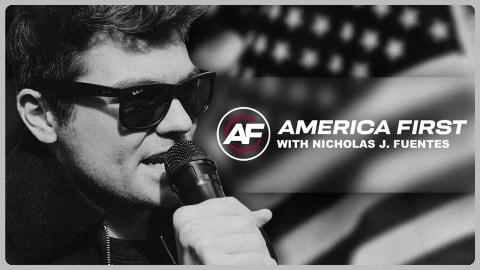

 RT
RT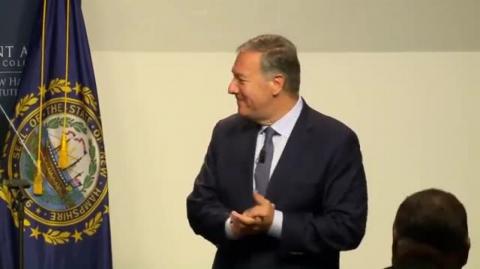
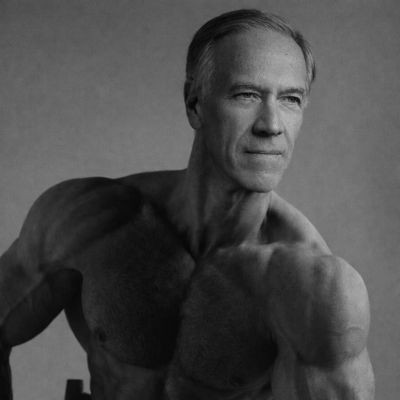 MikePompeoFanboy
MikePompeoFanboy
 SoloMan Zone
SoloMan Zone
 Angry Guy
Angry Guy

 The Alex Jones Show
The Alex Jones Show


 Raging Golden Eagle
Raging Golden Eagle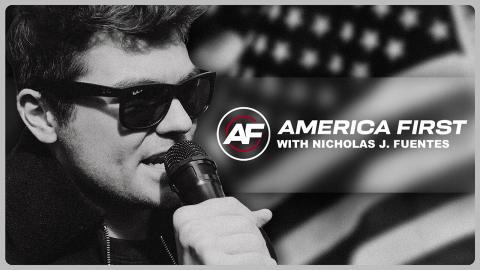

 Redacted News
Redacted News



Log in to comment
The original game - here, the prototype was kind of coarse - but when it was refined and brought to market, and people had simple TV plug in units, BOY OH BOY - did this really kick off the home games market and the entire computer industry....
Beep - Boop - Beep - Boop - Beep - Boop - Zooop